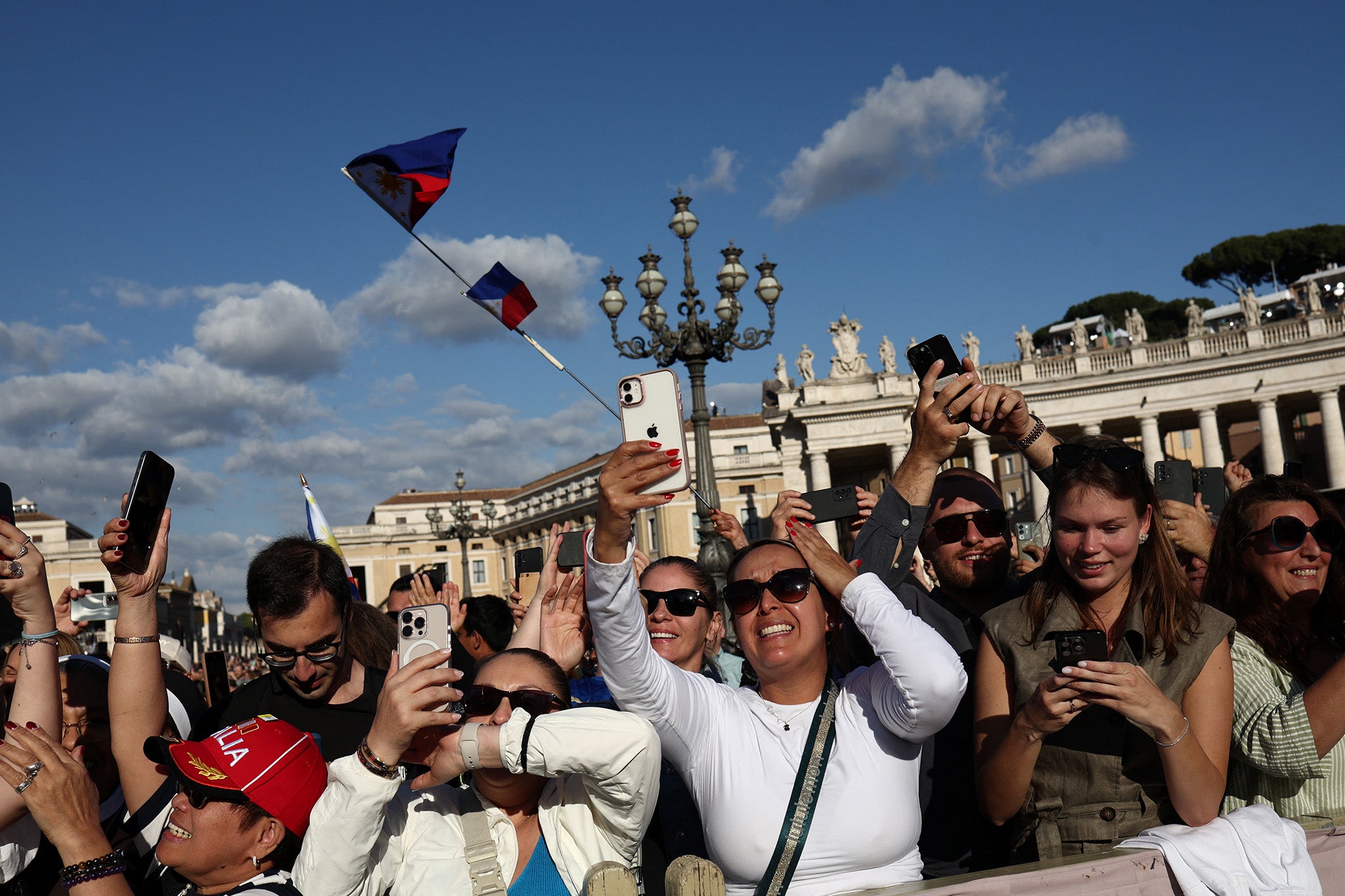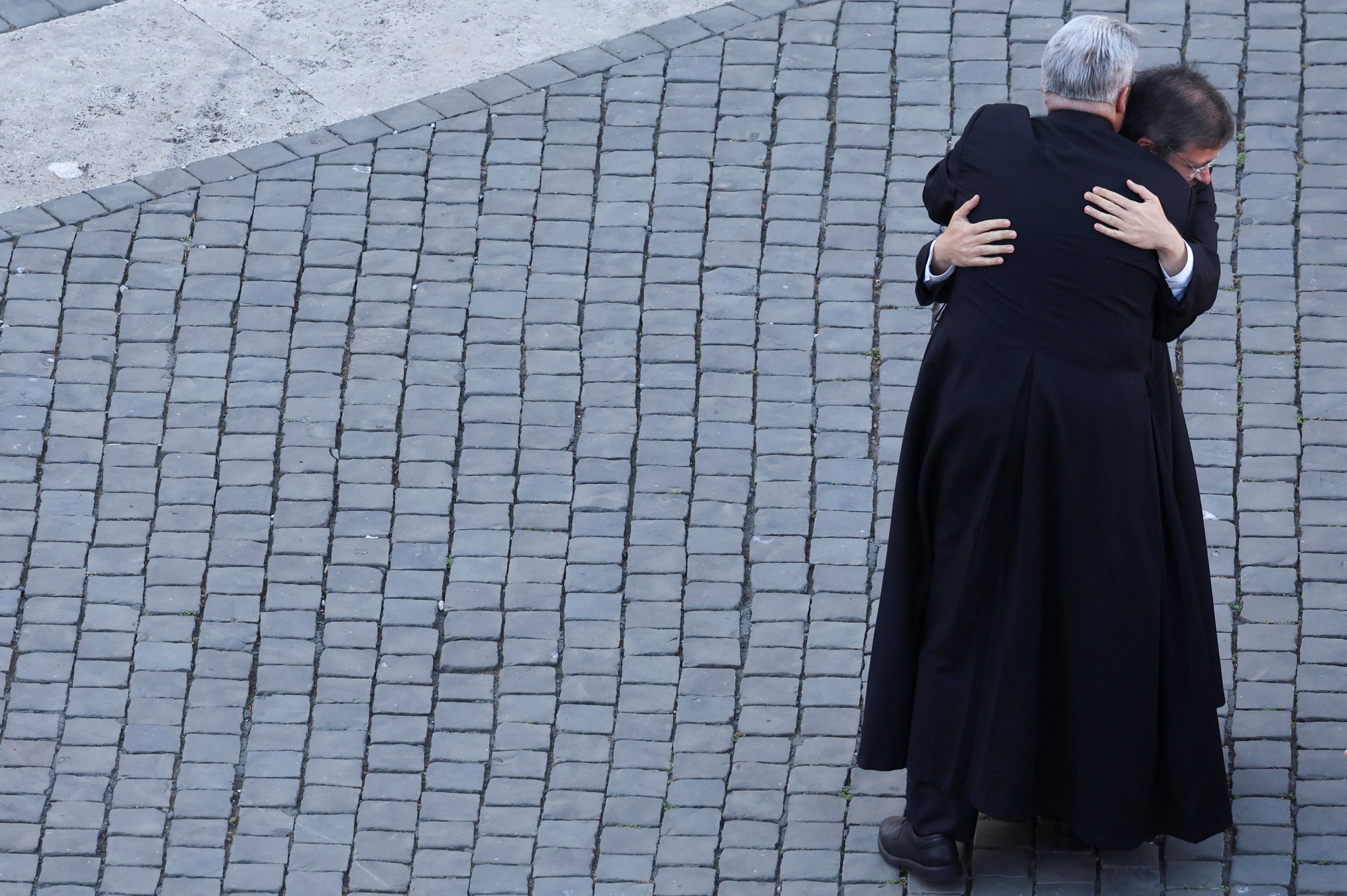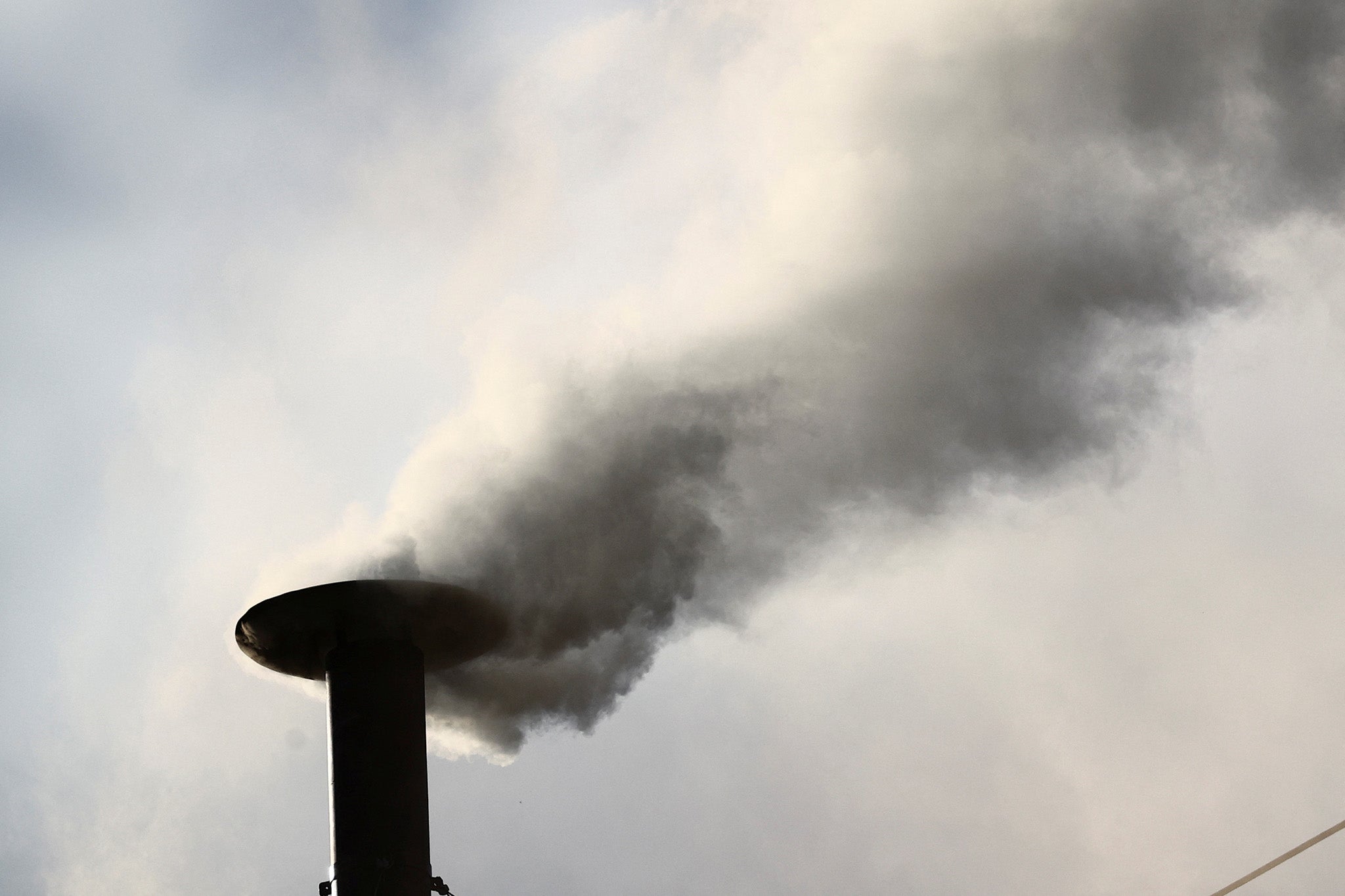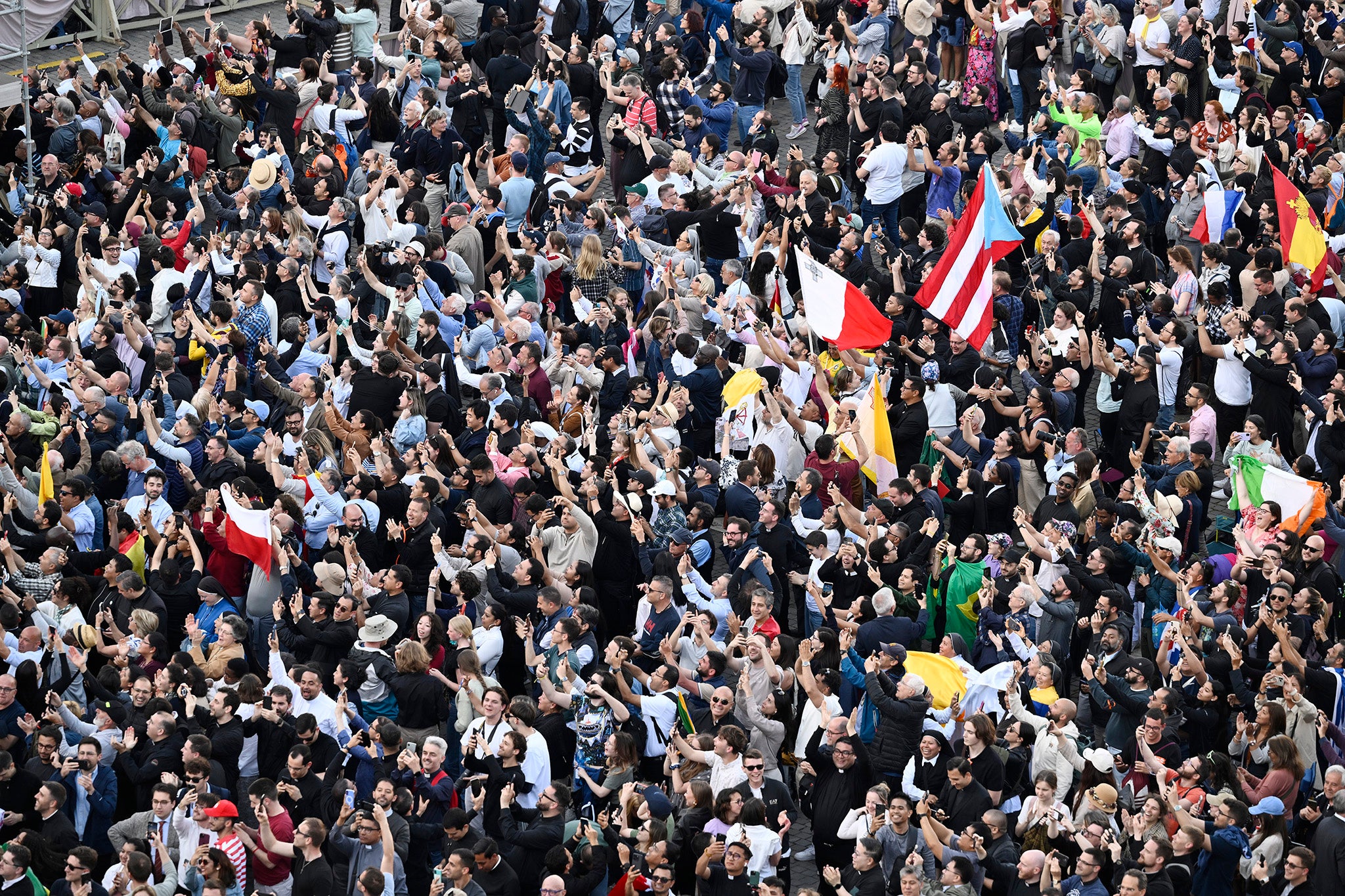ARTICLE AD BOX
For nearly 800 years the Catholic Church has utilised the process of the conclave to elect a new pope.
“Conclave” means “with a key”, indicating the cardinal-electors are locked up with a key to conduct their deliberations.
With no direct communication to the outside world, a key feature of the papal election process is the use of smoke to signal the result of ballots and to announce the election of a new pope.
Black smoke means a new pope has not been elected. White smoke means there is a new pope.
So where does this tradition come from – and how do they achieve the different coloured smoke?

Sending messages with smoke
Smoke signals are one of the oldest forms of long-distance communication between humans. For millennia, smoke signals have been used to indicate danger, to call for a gathering of tribes/nations, to transmit news and to warn of enemy invasions
Many indigenous peoples (such as those of North America, South America, China and Australia) are known for their sophisticated use of smoke signalling techniques to indicate specific messages to those at a distance.
These techniques can include changing the location of the fire (such as halfway up or at the top of a hill), adjusting the colour of smoke (using different types of foliage or damp/dry foliage) and the interruption or diversion of the smoke column at different intervals to produce particular patterns of smoke.

Catholic incense
Catholics utilise smoke in many rituals in the form of incense.
Incense (from the Latin incendere, meaning “to burn”) signifies prayer, sacrifice and reverence for people and objects. This fragrant smoke symbolises the prayer of the assembly rising up to God. Psalm 141:2 asks “may prayer be set before you like incense”. In Revelations 8:3–5, an angel is “given much incense to offer, with the prayers of all God’s people”.
Catholics inherited their use of incense from its use in Jewish temple rituals and Greek imperial court rituals.
The smoke from the incense is used to show reverence toward the Gospel book, the presiding celebrant, the gifts of bread and wine offered at Mass, the altar, cross, the Easter Candle and the body of the deceased at a funeral.
This holy smoke is a visual and olfactory signal of the congregation’s offerings of supplication and praise rising up to God.

Crafting the smoke
Once the conclave begins, the only form of communication between the cardinal-electors and the outside world will be smoke signals sent through the chimney of a stove specially installed in the Sistine Chapel for the duration of the conclave.
The tradition of burning the ballots goes back to at least 1417, though it wasn’t until the 18th century that the first chimney was installed in the Sistine Chapel. At this time, the appearance of smoke at set times indicated no new pope had been elected; while the absence of smoke indicated there was a new pope.
Prior to this it is likely that a new pope was simply announced from the loggia (central balcony) of St Peter’s Basilica and a written announcement was posted outside for people to read.
Since 1914, white smoke has indicated the election of a new pope. A stereotypical association of the colour of the smoke – white (positive) and black (negative) – lies behind the use of the two contrasting smoke colours.
In 1904, Pius X (who was pope from 1903–14) mandated that all notes taken by cardinals during the election were to be burned along with the ballots themselves. This burning of notes also increased the volume of smoke, making it clearly visible to the public outside when his successor Pope Benedict XV was elected in 1914.

The use of chemicals to ensure either black or white smoke was introduced after the 1958 conclave when damp straw added to papers from an unsuccessful ballot did not ignite at first. White smoke appeared before eventually turning black, causing confusion among the crowd gathered outside.
In 2013, the Vatican Press Office released the chemical formulae used to create black and white smoke.
To generate black smoke, potassium perchlorate and anthracene (a component of coal tar) fuelled with sulfur are electrically ignited. To generate white smoke, potassium chlorate, milk sugar and pine rosin are ignited.
Using these smoke signals, the cardinals can communicate from within the conclave immediately and directly to the faithful awaiting the announcement of the Church’s 267th Pope.
Clare Johnson is a Professor of Liturgical Studies and Sacramental Theology and Director of the ACU Centre for Liturgy, Australian Catholic University
This article was originally published by The Conversation and is republished under a Creative Commons licence. Read the original article









 English (US) ·
English (US) ·